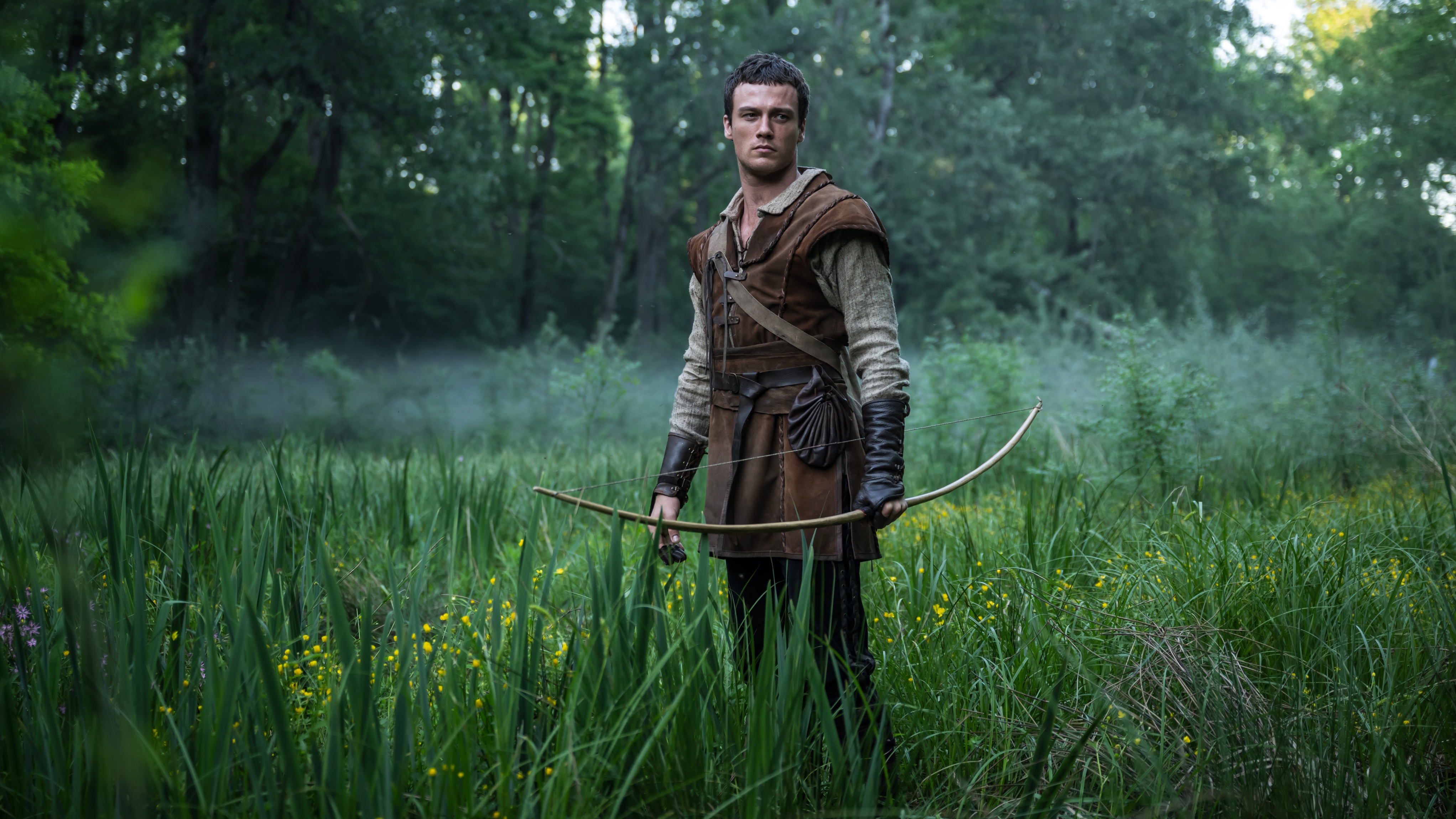I've written a book about witch trials and Suranne Jones got this vital point spot on
Suranne Jones: Investigating Witch Trials got right to the heart of the story
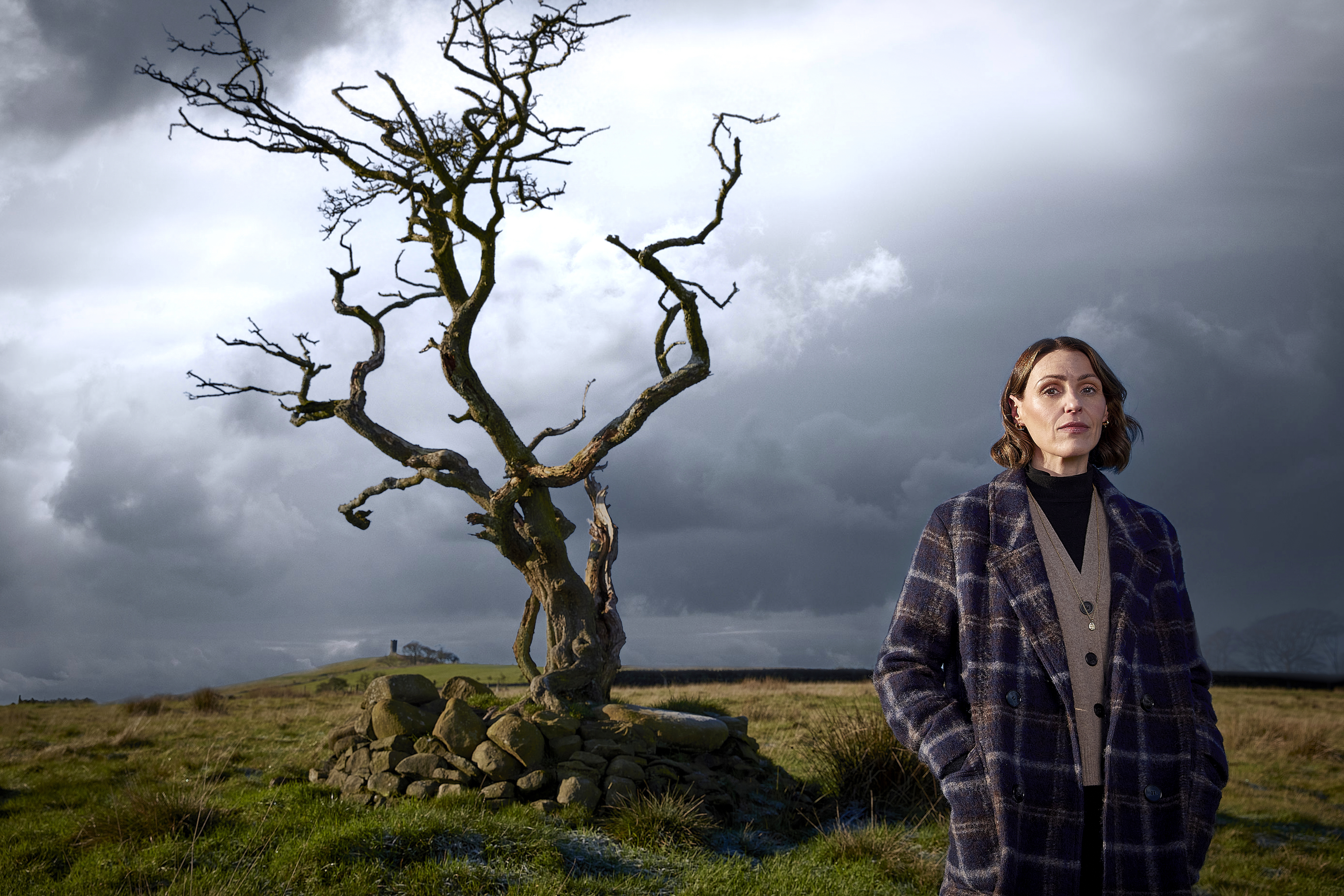
Suranne Jones: Investigating Witch Trials hit our screens on Sunday night, and I was eagerly waiting to see what she would uncover.
I wasn't disappointed! Because by the end of the episode, Suranne had realized the most important thing about witches — and that's that there were none! Witches, of course, don't exist.
It seems an obvious thing to say, but it's often lost in the thrill and mystery of the stories. And at the end of the episode, a clearly emotional Suranne, shared her thoughts on that very point. "They were just women," she said.
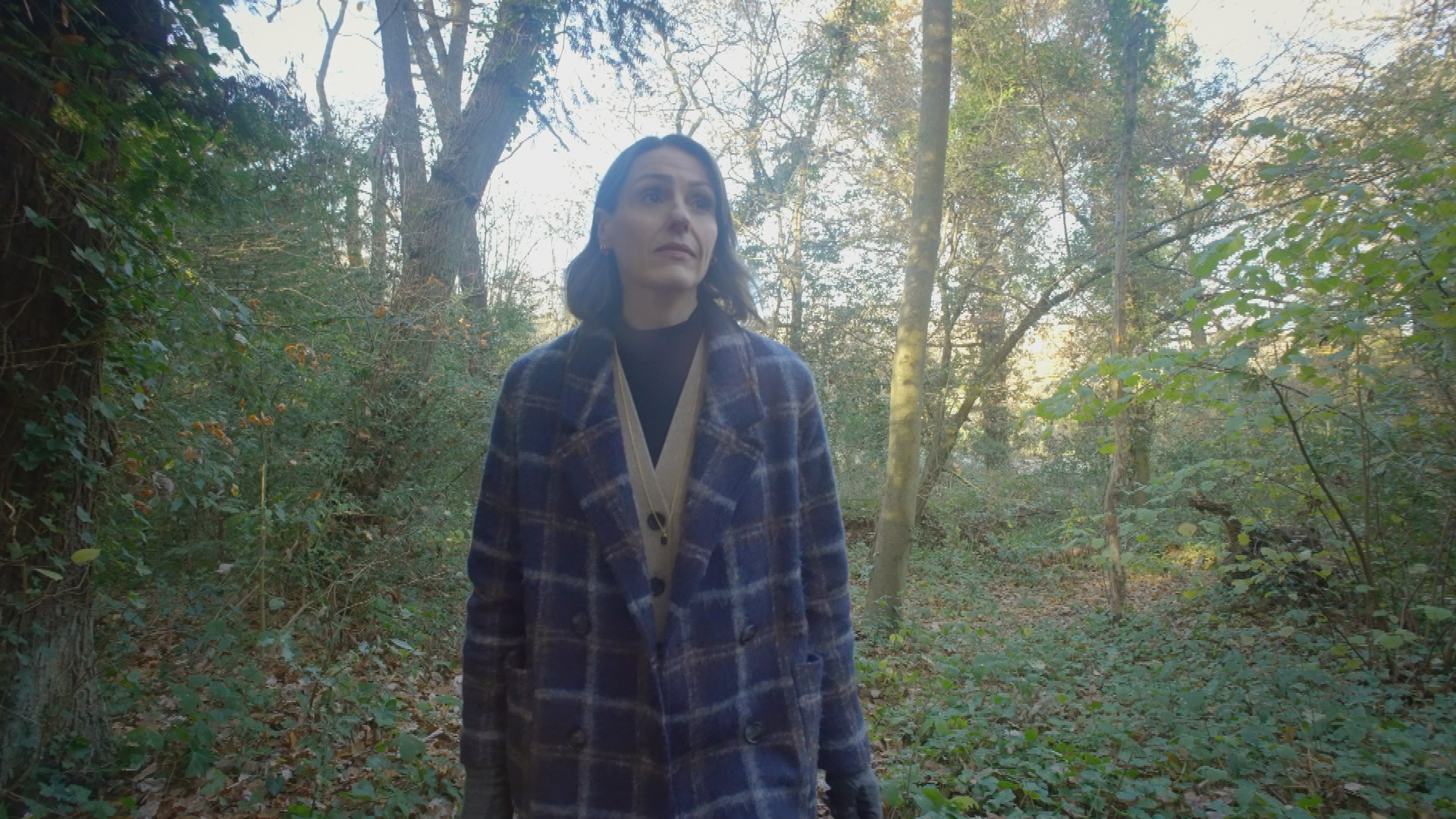
Like Suranne, I've always been fascinated by witches. Since I was a little girl, I've loved stories of spells and magic. Now I write historical novels, so when I was looking for a new tale to tell, witch hunts were an obvious choice.
I wrote "The Secrets of Thistle Cottage" based on an infamous Scottish witch hunt in North Berwick, near Edinburgh.
Obviously, while I was writing my book, I immersed myself in research about witches, so I consider myself to be something of an expert! But even I learned a few things from the first episode of Suranne Jones: Investigating Witch Trials.
Suranne explained she grew up in Oldham near enough to Pendle to have been aware of the grim witch trials that took place there in the 17th century. She wanted to find out more about how the witch hunts could have swept across Europe and across the Atlantic Ocean, and why they lasted for 200 years. And she got right to the heart of the story very quickly!
The latest updates, reviews and unmissable series to watch and more!
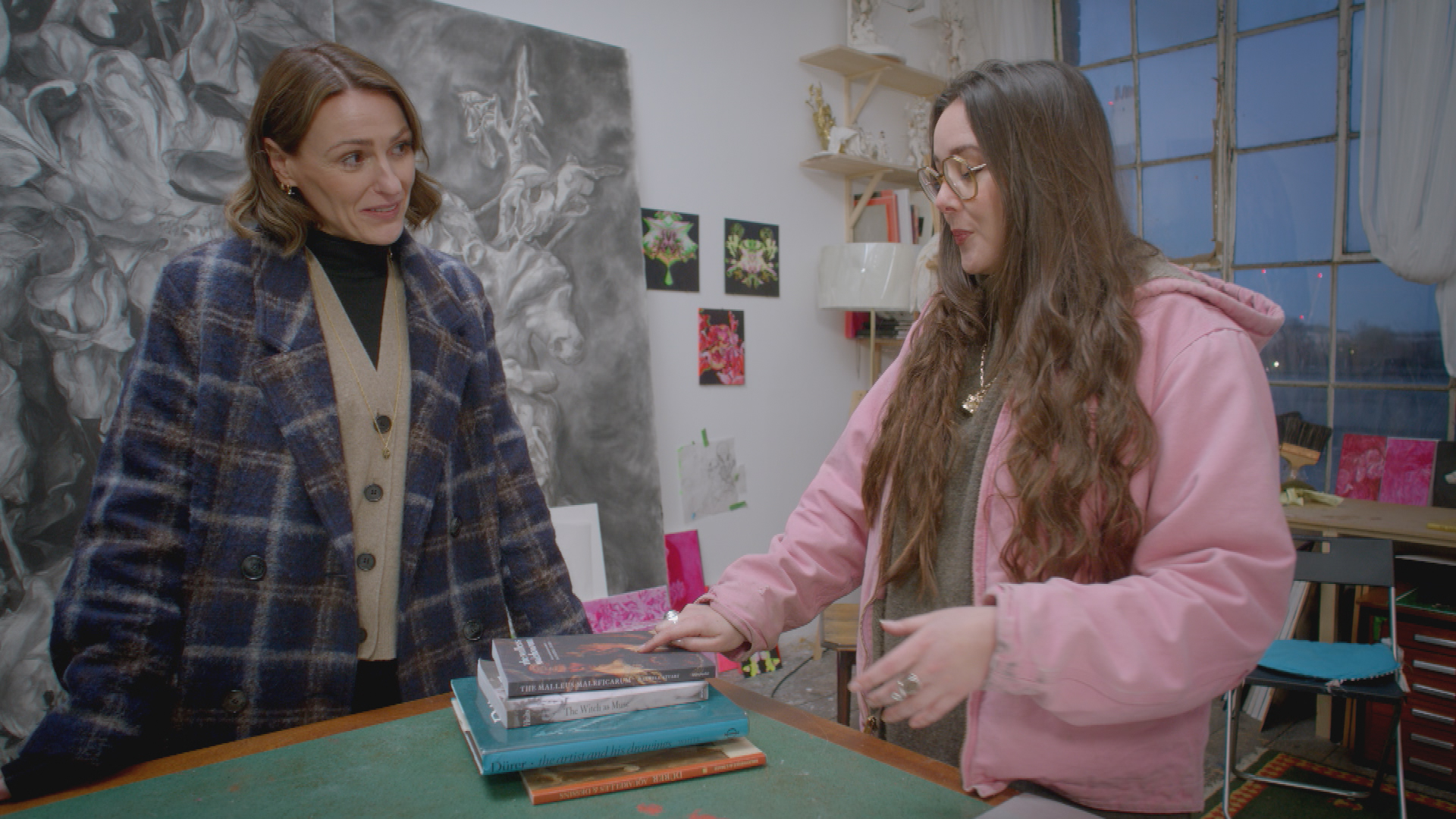
Suranne met a feminist art historian, Luisa MacCormack, who introduced her to a book titled "Malleous Maleficarum", which was written in 1487 by a German named Heinrich Kramer. It was, said Luisa, an idiot's guide to spotting, torturing, capturing and killing your local witch.
Grim stuff. And as it turns out, it also made it very clear that every woman had the potential to be a witch.
From then on, Suranne uncovered more fascinating facts about how Malleous Maleficarum "went viral" across Europe. Until eventually when James VI of Scotland became James I, the king wrote his own guide to fighting witchcraft called Daemonologie.
It laid out some suspicious behavior that could mean someone was a witch, including staying out late at night!
Suranne was shocked to realize that having the king on board, gave witch hunts legitimacy.
And when the Witchcraft Acts were passed, the whole thing became even more official. Suranne met Claire Mitchell KC, founder of the Witches of Scotland campaign, who pointed out that for the first time it was the state, not the church, that was deciding who was a witch.
And she mentioned an interesting point — that neither Daemonologie nor the laws surrounding witchcraft, mentioned women specifically.
"But society did," said Claire Mitchell, adding that of the 2500 people killed as witches in Scotland, 80 per cent were women.
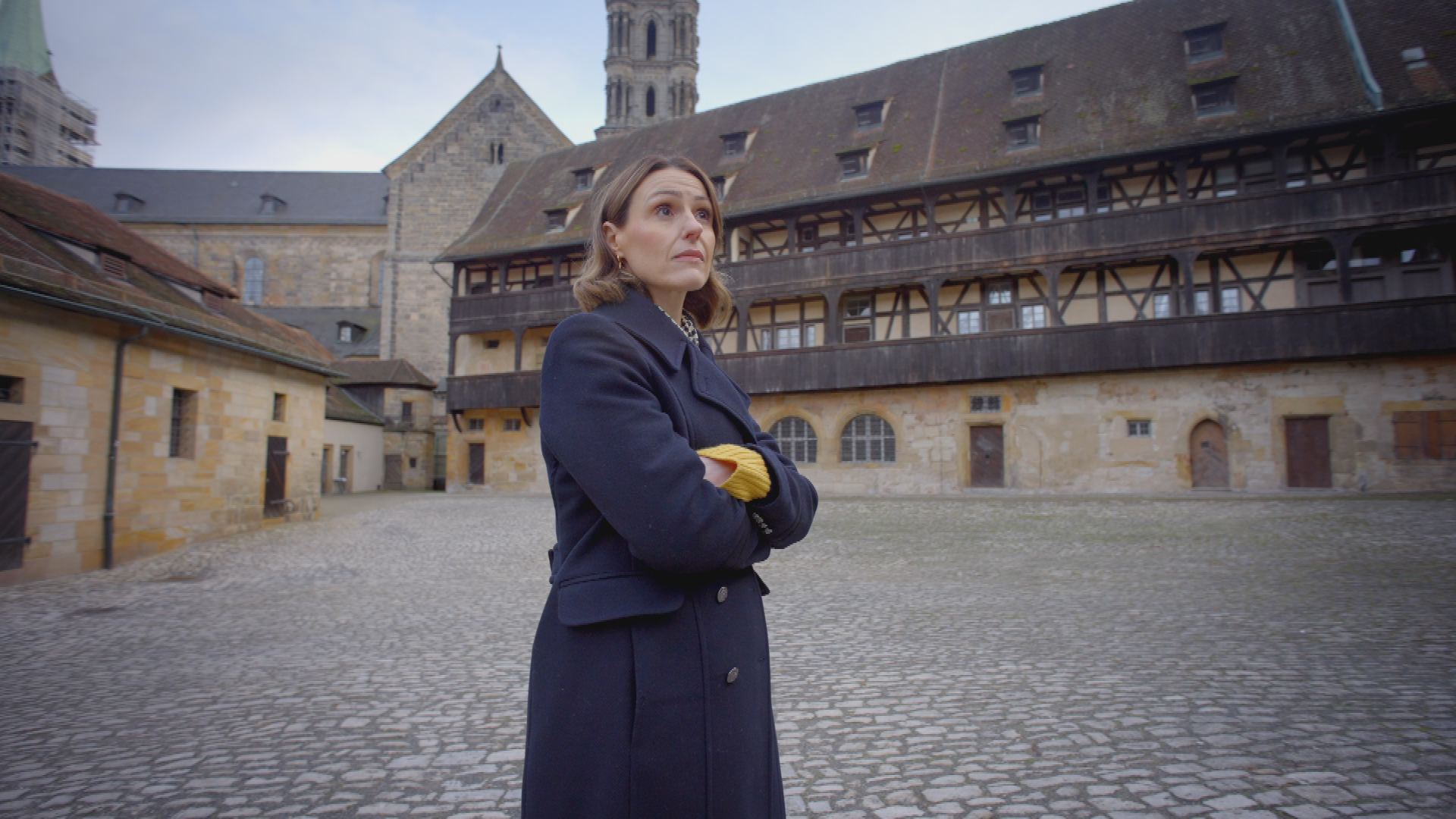
Suranne went to meet Natasha Khan, who plays music as Bat for Lashes.
"I think we're all witches," Natasha said. She and Suranne agreed, it was really about silencing women. Suranne remembered times in her career when she spoke out, or shared an opinion, only to be branded "mouthy".
And so, with growing discomfort, Suranne went back to Pendle, and then to Lancaster Castle where she visited the dungeon that the women were held in.
That's where she realised these women weren't witches, of course. They were outsiders definitely. Perhaps a little odd. But they were "just women".
It's the point I wanted to make in "The Secrets of Thistle Cottage" — that the only crime the women committed was being female. In fact, Suranne even said she thought the witch trials should be renamed the trials of women, as that was what they were.
I'm so pleased Suranne got to the heart of these stories so quickly, and I'm really looking forward to next week's episode when she will visit Salem — scene of one of the world's most famous witch hunts.
Suranne Jones: Investigating Witch Trials continues next Sunday on C4 at 9pm. See our TV guide for more information.
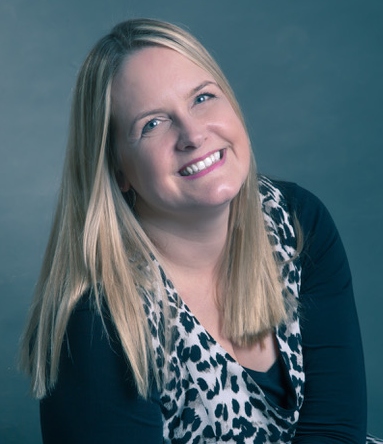
Kerry is a writer, author and editor with a lifelong love of the soaps, a passion for TV drama of all kinds, and an obsessive devotion to Strictly Come Dancing.
She was features editor of All About Soap magazine for more than a decade, covering every bit of excitement from all the UK soaps and the Aussies and still writes about all the juiciest gossip from the Street, the Square and the Dales whenever she can.
Kerry’s also an author of historical fiction, and her two jobs collided when she got the chance to write two novels based on Emmerdale, and the Sugden, Tate and Dingle families, during WW2.

